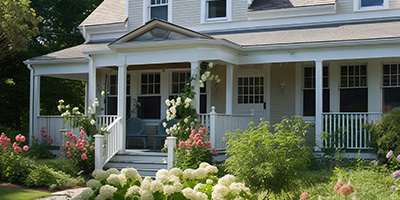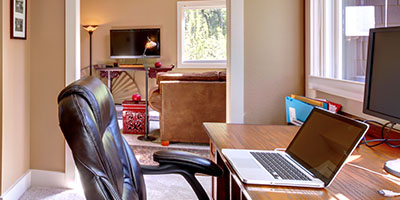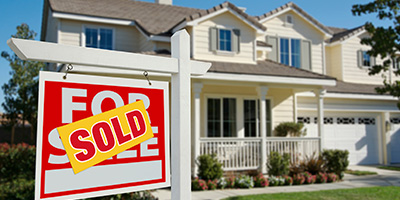What to Look For When Buying an Old House

Common Problems With Old Houses
We love old homes and all the charm and character they bring – the wood built-ins, pocket doors and exposed brick. But we also need to be aware of the issues we can run into when purchasing one. Not all problems are dealbreakers, but they are important to keep top of mind when considering living in an old house.
9 Problems with Old Houses
Age is subjective when it comes to houses, but an unwritten rule is that if a home is 50 years or older it’s considered “old” and a home built before 1920 is considered “antique.” There are many factors that can contribute to the condition your potential dream home may be in, and thankfully most can be caught during the home inspection phase of the buying process.

“Make sure to get a comprehensive home inspection prior to buying an old house. Do your research to find a company or inspector with a diverse background in older homes, roofing, home wiring and knowledge in lead and asbestos.”
Michael Spaargaren, First Choice Inspectors LLC
To help you do your due diligence before getting your heart set on a classic home, here are the most common problems to look for.
Not sure where to start when it comes to inspecting your house? Check out our Home Inspection Checklist!
1. Foundation Issues
Foundation issues in old homes are very common and must be addressed in order to keep the home livable. They can range from smaller settlement cracks to damaged support footings, which can be extremely costly.
The cause of your foundation issues can range anywhere from normal wear and tear due to age, to profusely wet soil, seismic activity or tree roots from a well-established tree. It’s best to have a structural engineer come out to assess the damage and help create a repair strategy.
What to Look For:
- Interior and exterior wall cracks
- Doors that won’t latch
- Uneven floors
- Windows that won’t open
Estimated Cost of Repair:
- The average cost for foundation repair is around $4,274, but the price range will vary depending on the severity of the issue.
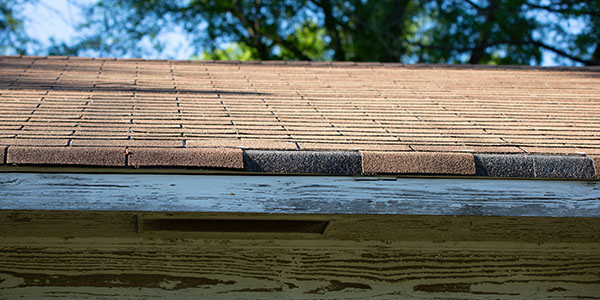
2. Deteriorating Roof
One of the most prevalent old house problems is the condition of the roof. While different types of shingles have diverse lifespans, it really depends on the weather, maintenance record, installation quality and roof grade.
Review our roof maintenance checklist to familiarize yourself with what to look for, and then call a professional home inspector to assess your roof and what repairs it may need.

“Locations with extreme weather like South Florida, desert areas like Arizona and midwestern cities like Chicago where they have extreme hot and cold seasons are more likely to need roof repairs sooner than in milder climates.”
Michael Spaargaren, First Choice Inspectors LLC
What to Look For:
- Missing shingles
- Bowing gutters
- Leaks or moisture in your attic or top floor
Estimated Cost of Repair:
- The average cost for a roof replacement is $7,879, with about 40% for materials and 60% for labor.
3. Hazardous Building Materials
Many older homes built before 1978 contain both lead-based paint and asbestos. Before buying or moving into a home built in this time, make sure to have it checked for both of these hazardous materials since neither can be seen by the naked eye.
Lead paint can potentially cause life-threatening damage in children and adults, so if your new home tests positive for having this, make sure to invest in professional removal services.

“Before 1955, paint in homes was composed of up to 50% lead. Regulations in the 1970’s limited the amount of lead allowed in paint and, today, just 0.06% is permitted under U.S. law. Learn more about lead here.”
Nick Gromicko, InterNACHI
Asbestos was once considered a great insulator, but has been proven to cause respiratory problems, sometimes leading to lung cancer. Asbestos can be identified in older pipes, walls and crawlspaces or attics. Professional removal is also suggested and can vary in price based on the size of the project.
What to Look For:
- The year the home was built
- Deteriorating or cracked paint
- Crumbling or cracked drywall and siding
Estimated Cost of Repair:
- The average cost for deleading is around $2,895.
- The average cost for asbestos removal is around $1,976 (a full home remediation can run between $15,00-$30,000).
4. Toxic Gases Affecting Air Quality
Radon and carbon monoxide are both commonly found in older homes, and are odorless, colorless and tasteless gases – which can be scary!
Though radon is not toxic, it is the leading cause of lung cancer for nonsmokers and exposure over time is not recommended. The gas comes from the natural breakdown of uranium in the soil surrounding the foundation of your home and, if found, will need to be mitigated by a professional.
Carbon monoxide can be caused by leaking gas from your stove, dryer, oven or HVAC system and can cause dizziness, headaches, shortness of breath and eventually death.
Before moving into a new home, make sure to test for radon. Once you’re moved in, be sure to install new carbon monoxide detectors on every floor.
What to Look For:
- Cracks in your home’s foundation and walls that need sealed
Estimated Cost of Repair:
- The average cost for radon mitigation is around $976.
- The average cost for a carbon monoxide detector is $10-$15.
5. Outdated Electrical
When living in an old house, it’s almost a guarantee you will need to update your electrical before moving in.

“Owning an older home is a labor of love and I applaud those that take these on. But labor they are. A homeowner will need more than a home inspection if purchasing an older home. It is important for a homeowner to thoroughly understand their skills and limitations. Having unqualified individuals work on a home can be a recipe for disaster. Electrical is not something that should be tinkered with. Always hire licensed contractors to perform work and make sure it is inspected by the local building department.”
Gunnar Alquist, CREIA
With all the new technology we use on a daily basis, the electrical systems in old homes cannot keep up. Wiring installed before 1960 lasts around 70 years. Service panels need updated after 60 years and circuit breakers after just 30 years. If you notice the outlets in the home are ungrounded (2-prong), those will need to be changed to ground wiring. Another thing to keep in mind is that if the home you are considering has knob and tube wiring, it could hinder your ability to get homeowners insurance or a mortgage.

“Homes built before the 1970’s may not have been equipped with GFCI (Ground-Fault Circuit Interrupter) protection, which guards against overloads, short circuits and ground faults.”
Nick Gromicko, InterNACHI
The electrical should be examined by a certified inspector and if any updates need to be made, you should hire a licensed and insured electrician.
What to Look For:
- 2-prong outlets
- Frequent power outages
- Flickering or dim lighting
- Warm light switches or outlets
Estimated Cost of Repair:
- The average cost to rewire a home is around $1,322.
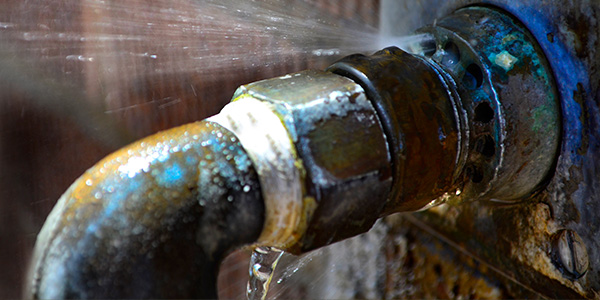
6. Plumbing Problems
Lead paint isn’t the only lead you should be worried about when living in an old house – your pipes can also contain it, and as they get older and decompose, fragments of lead can end up in your drinking water. In addition to lead, be on the lookout for pipes made of polybutylene. They’re susceptible to getting corroded by bleach and other cleaning chemicals, then bursting.
Another issue that comes with buying an older home is that old trees may have roots growing into the plumbing system underground, which could get costly (and messy). Make sure to have your home inspector or a certified plumber inspect the piping.
What to Look For:
- Low water pressure
- Slow water drainage in sinks, bath tubs and showers
- Leaks beneath and around all faucets
Estimated Cost of Repair:
- The average cost to replace the pipes in a house is anywhere between $2,500-$15,000.
7. Energy Inefficiency

“Older homes may suffer thermal losses from single-pane windows, insufficient or compressed insulation, and leaking ductwork.”
Nick Gromicko, InterNACHI
Part of the charm of your old house may be the gorgeous old windows, but come wintertime, you might be having second thoughts. Before you rush to tear out the historic windows your house came with, you also have the option to keep the notable charm by weatherstripping and adding storm windows to increase energy efficiency.
Many old homes are built without insulation, or what they do have is ineffective. Have a professional determine exactly what the home currently has, and what it needs to be more energy efficient. Taking care of these two items before moving in can help control your homes utility bills and keep you feeling comfortable through every change in season.
What to Look For:
- Feeling of a draft, even with the windows closed
- Difficulty opening or closing windows
- Condensation or frost between glass layers
- Empty space in lofts, between floorboards and in wall cavities
Estimated Cost of Repair:
- The average cost for a double-hung, double-pane energy efficient window is around $450 per window.
- The average cost for blown-in insulation runs around $1-$1.50 per square foot.
8. Old Mechanical Equipment
Mechanical systems such as the furnace (or boiler), air-conditioning unit and water heaters are important pieces that keep your household going. To avoid the heat going out or a sudden cold shower in the middle of winter, make sure to check when each appliance was purchased and its average lifespan to help decide when to replace them.
What to Look For:
- Unevenly heated rooms
- Noisy furnace or water heater
- Humidity in the home
- Puddling around water heater
Estimated Cost of Repair:
- The average cost for a new furnace is around $3,100.
- The average cost for a new air-conditioning unit is around $4,631.
- The average cost for a new water heater is around $200 – $600 for one with a tank, $600 – $1,500 for tankless.
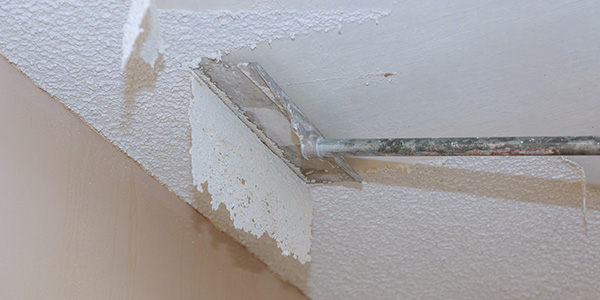
9. Outdated Features and Layouts
Older homes don’t always boast the ever-popular open concept we see on DIY shows, but that doesn’t mean you can’t achieve that layout. Many houses feature wallpaper in every room, popcorn ceilings, tiny kitchens and no open floor plan to be seen.
These aesthetic issues are typically fixable with a decent budget and reliable contractor. If you decide to buy the home, you can plan to tackle one room at a time, while making sure to prioritize anything that could be unsafe, such as a partially finished deck. Plus, fixing up an old house and making it your own can be fun and add resale value.
What to Look For:
- Incomplete projects, such as a partially finished basement
- Load-bearing walls that can’t be taken out to open up a space
Estimated Cost of Repair:
- The average cost to fully remodel a home is around $46,498, depending on the size, plus a 20% buffer to cover any unseen issues.
When to Walk Away
Even if your old home has many of these problems cited in its inspection, that should not scare you away. If the price is right, and depending on your budget, you should be able to make the repairs and renovations necessary to turn it into your dream home.
However, if you’re looking for something more move-in ready, you might want to continue your search for an older home that’s already been renovated.
Settle In to Your New Home Sweet Home
Armed with this knowledge on what to look out for, buying an older home should not be intimidating. Many times, these houses offer plenty of charm, character and investment potential.
Here are some posts to help you move to the next phase of making your new old house a home:

